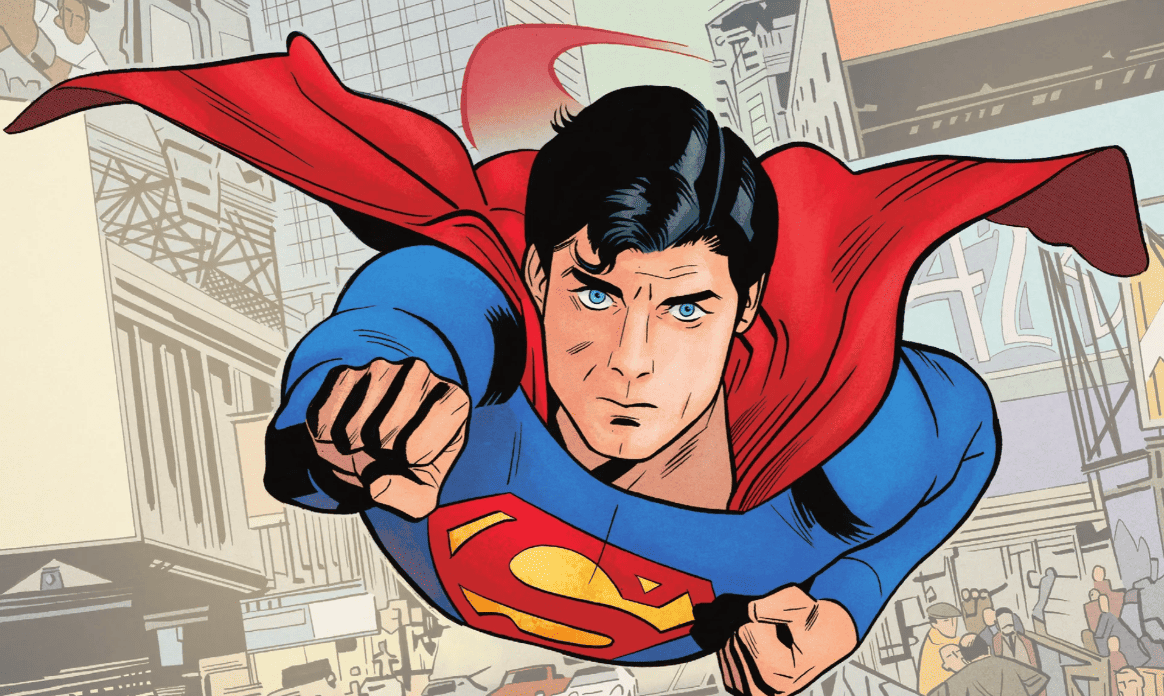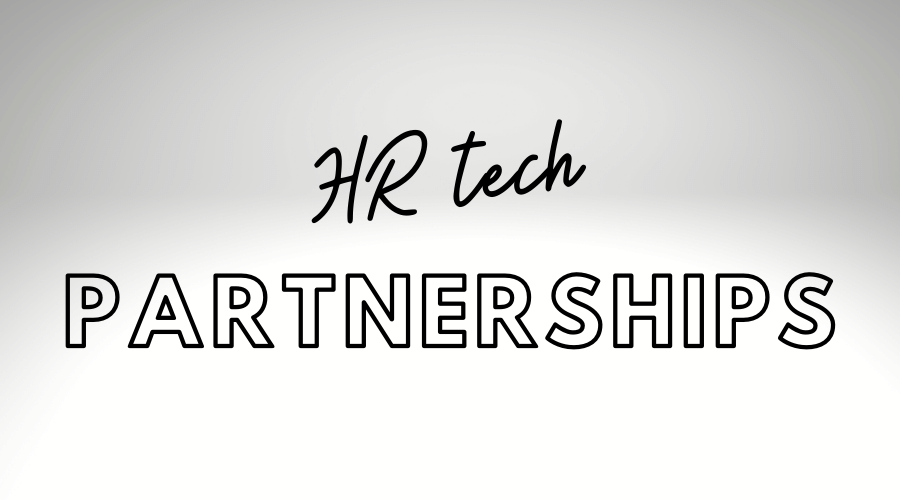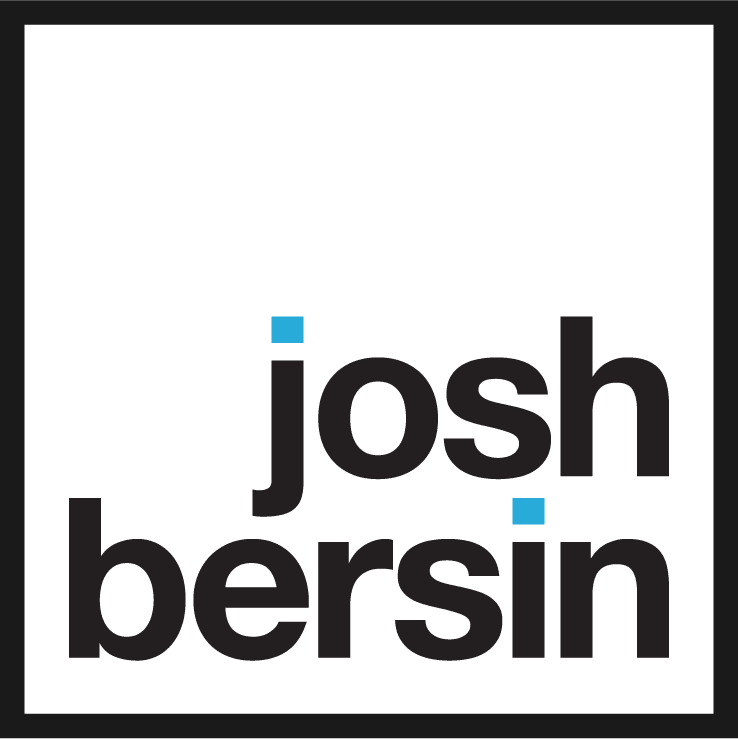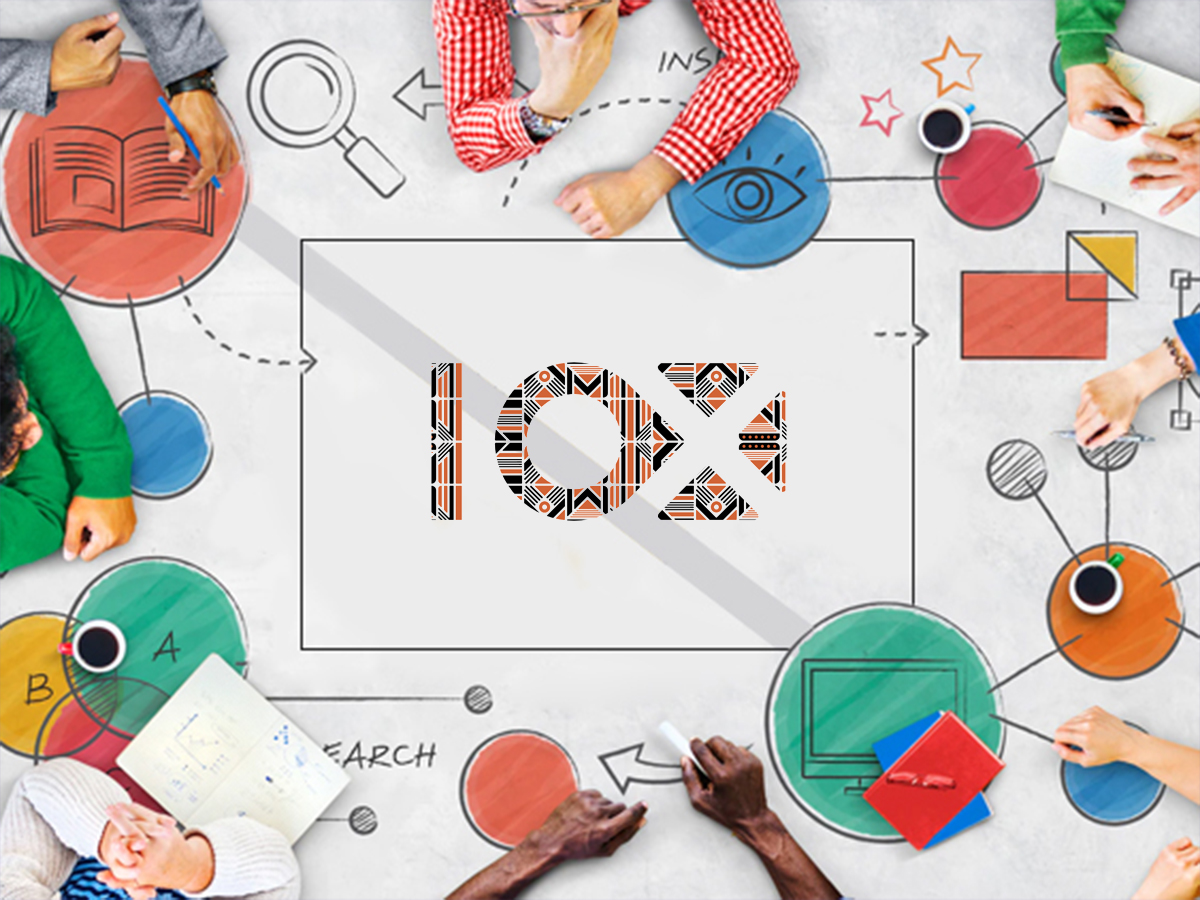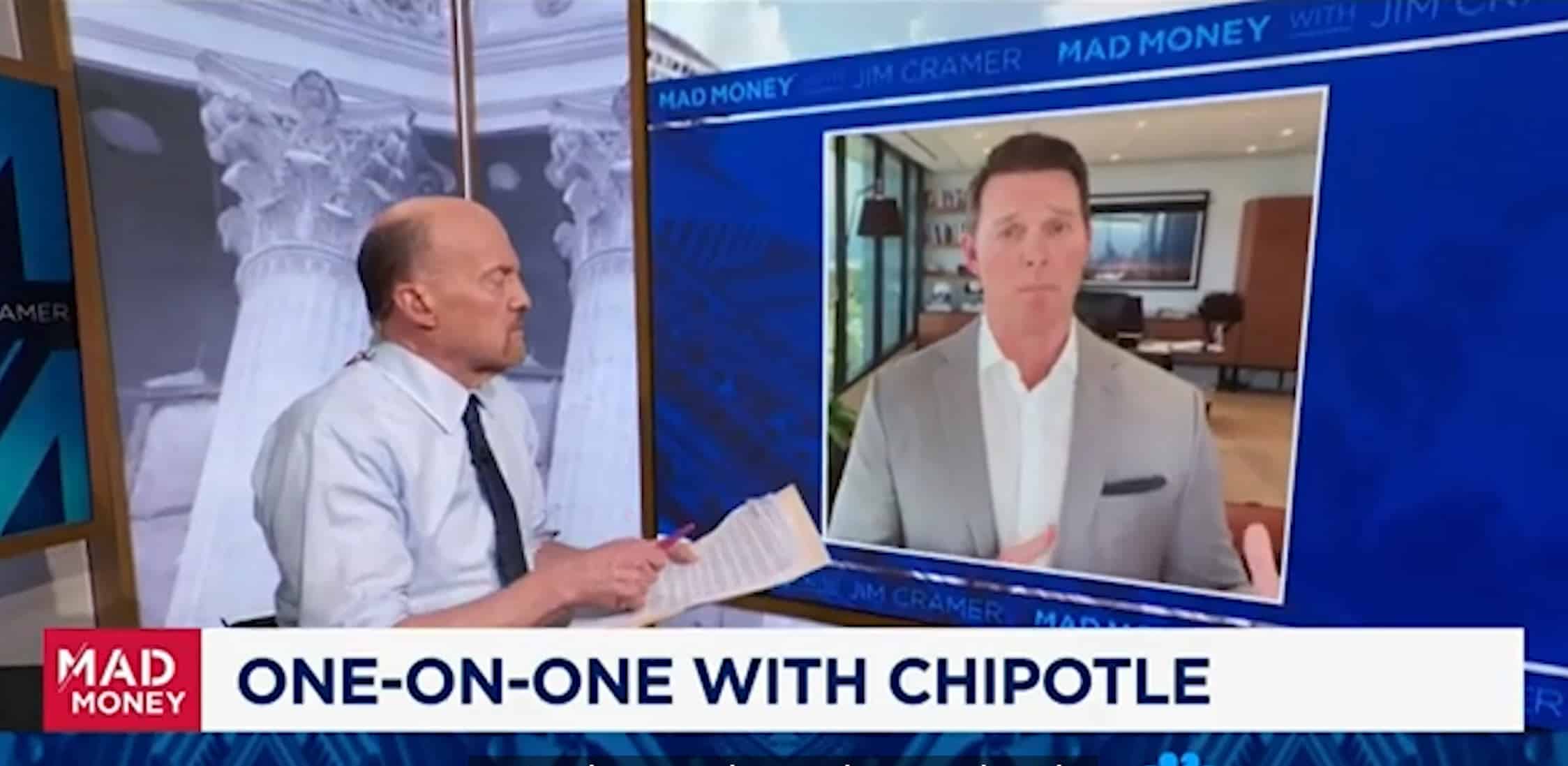In today’s workplace, employees are bombarded with emails, messages, and system notifications. While technology has driven many improvements, it has also introduced challenges like tech disengagement and cognitive overload. Ignoring these issues leads to lower productivity, higher burnout, and workforce disengagement. When strategically implemented, Human Capital Management (HCM) technology can help alleviate these issues and create a more streamlined work environment.
Understanding Tech Disengagement and Cognitive Overload
Tech disengagement happens when employees disconnect from workplace tools due to complexity, inefficiency, or over-saturation. Fragmented, redundant, or difficult-to-navigate systems frustrate employees, leading them to create workarounds or abandon tools entirely. You chose your HCM system to increase efficiency. Let’s look at how to avoid disengagement, which can undermine these goals.
Cognitive overload is another increasing concern in the workplace. It occurs when employees receive more information than they can process effectively. Excessive emails, alerts, and messages overwhelm employees. These frequent distractions can cause undue stress, poor decision-making, and lower efficiency.
When multiple platforms handle payroll, benefits, performance evaluations, and scheduling without seamless integration, they worsen inefficiencies instead of resolving them. These challenges are particularly pronounced in industries like healthcare and retail, where employees navigate scheduling systems and compliance requirements.
Leveraging HCM Technology to Address Tech Disengagement
Organizations can combat tech disengagement and cognitive overload by deploying intelligent HCM solutions that streamline processes and enhance user experience.
Here are six ways to improve your workplace to address tech disengagement and cognitive overload:
1. Integrated and User-Friendly Systems
A primary cause of tech disengagement is reliance on multiple disjointed systems. Modern HCM technology can consolidate payroll, benefits administration, talent management, and workforce planning into a unified, user-friendly platform. Streamlining access to critical information reduces frustration and increases engagement
2. AI-Enabled Process Automation
HCM solutions, including artificial intelligence (AI), alleviate overload by automating repetitive administrative tasks. AI-driven chatbots address routine HR inquiries, while automation streamlines leave requests, performance evaluations, and compliance tracking. Predictive analytics and machine learning tailor employee experiences, offering relevant recommendations without unnecessary distractions. Reducing manual workloads enables employees to concentrate on strategic, high-value responsibilities.
3. Role-Specific Dashboards and Personalization
When an HR practitioner is presented with a cluttered user interface filled with irrelevant information, it contributes to cognitive overload. Advanced HCM platforms incorporate personalized, role-based dashboards. Take the time to set up these valuable tools to include important information while filtering out distractions. Prioritize essential tasks, helping employees focus on what matters most.
4. Mobile Accessibility and Self-Service Features
With the increase of technology and apps in our everyday lives, employees expect workplace technology to be as intuitive as their everyday applications. Effective HCM technology empowers employees with mobile-friendly, self-service options. Through intuitive interfaces, employees can manage benefits enrollment, update personal details, retrieve pay information, and adjust schedules independently, reducing dependency on HR personnel and enhancing efficiency.
5. Smart Notifications and Task Prioritization
HCM systems incorporate intelligent alerts that prioritize critical updates while suppressing non-essential messages. Automated reminders for performance reviews, training sessions, and compliance deadlines ensure employees stay informed without notification overload, which can lead to notification fatigue.
6. Data-Driven Insights for Workforce Optimization
Traditional HR reporting focuses on historical data, while HCM analytics leverage real-time insights and predictive modeling to proactively address workforce challenges before they escalate. Managers can implement proactive interventions, such as workload adjustments or wellness initiatives, to sustain engagement and improve workforce well-being.
It demands strategic intervention to overcome the challenges of tech disengagement and cognitive overload in the workplace. When implemented effectively, HCM technology transforms these obstacles into opportunities by fostering a more intuitive, efficient, and engaging work environment. Future HR technology must streamline, personalize, and automate—not complicate—the workplace and the user experience. Organizations that prioritize user-friendly, intelligent HCM platforms will sustain an engaged workforce, reduce burnout, and achieve long-term success.
If these workplace issues resonate with you but don’t know where to begin, read more about our People, Process and Operations review. Let us help your organization create a roadmap for improving HR processes and technology. Or, perhaps if you need assistance configuring any or all of these suggestions, contact HRchitect and our consultants will work with your organization to determine how we can improve your workplace environment.
About the Author

Michelle Peart has over 25 years of experience in human resources and project management. She has a proven track record for developing and implementing new procedures, reducing redundant processes, and implementing efficient systems. She excels in utilizing research, analysis, implementation, and evaluation skills to accomplish individual and team goals. Michelle is customer service-driven and a creative contributor with a knack for researching, troubleshooting, and problem-solving.
Michelle is an outdoor enthusiast, hiking in the summer and snowshoeing in the winter.
Learn more about Michelle on LinkedIn.





